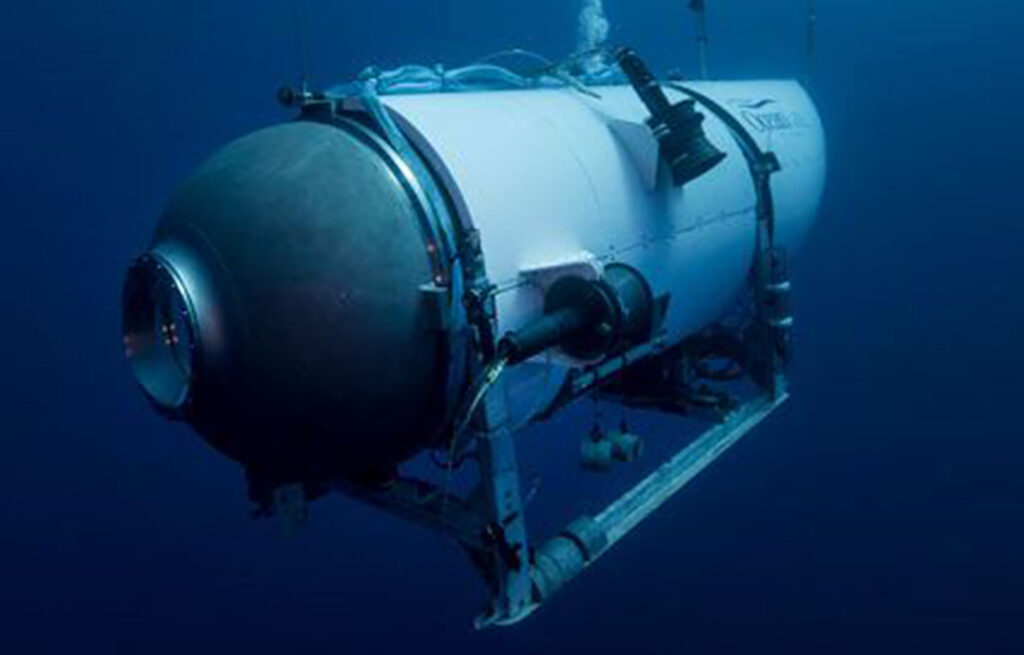Five people aboard a missing submersible near the wreck of the Titanic had just hours left of their presumed air supply on Thursday, the fifth day of a massive multinational search across thousands of square miles in the remote North Atlantic. The minivan-sized Titan, operated by U.S.-based OceanGate Expeditions, began its descent at 8 a.m. (1200 GMT) on Sunday but lost contact with its support ship near the end of what should have been a two-hour dive to the century-old shipwreck. The Associated Press has the story:
Titanic sub passes 96-hour of oxygen supply
Newslooks- (AP)
The search for the missing submersible on an expedition to view the wreckage of the Titanic passed the critical 96-hour mark Thursday when breathable air could have run out, a grim moment in the intense effort to save the five people aboard.
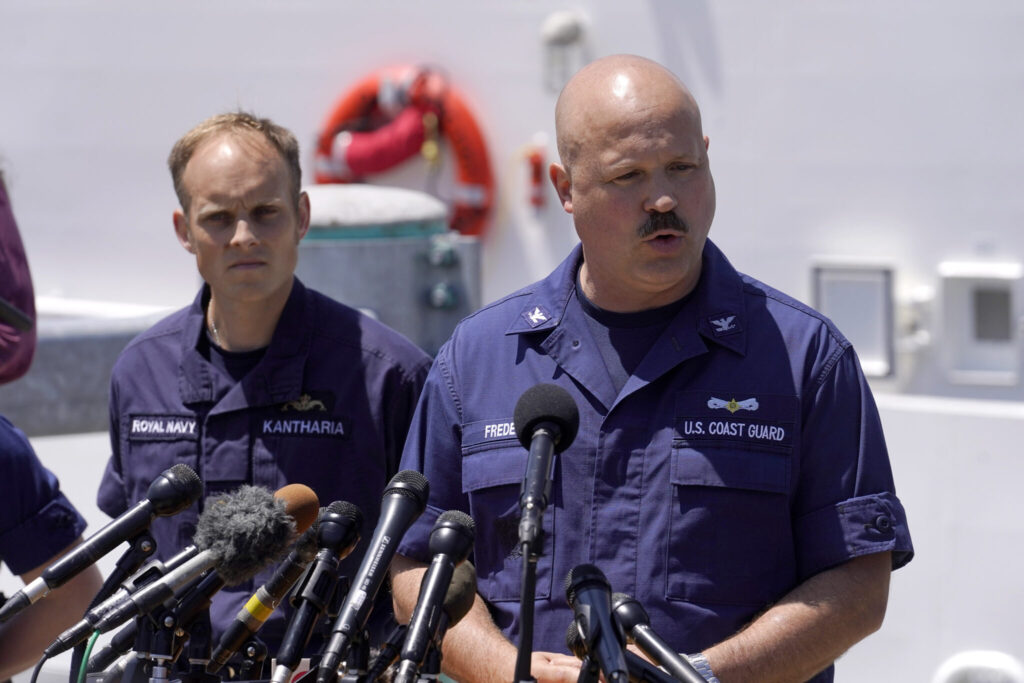
The Titan submersible was estimated to have about a four-day supply of breathable air when it launched Sunday morning in the North Atlantic — but experts have emphasized that was an imprecise approximation to begin with and could be extended if passengers have taken measures to conserve breathable air. And it’s not known if they survived since the sub’s disappearance.
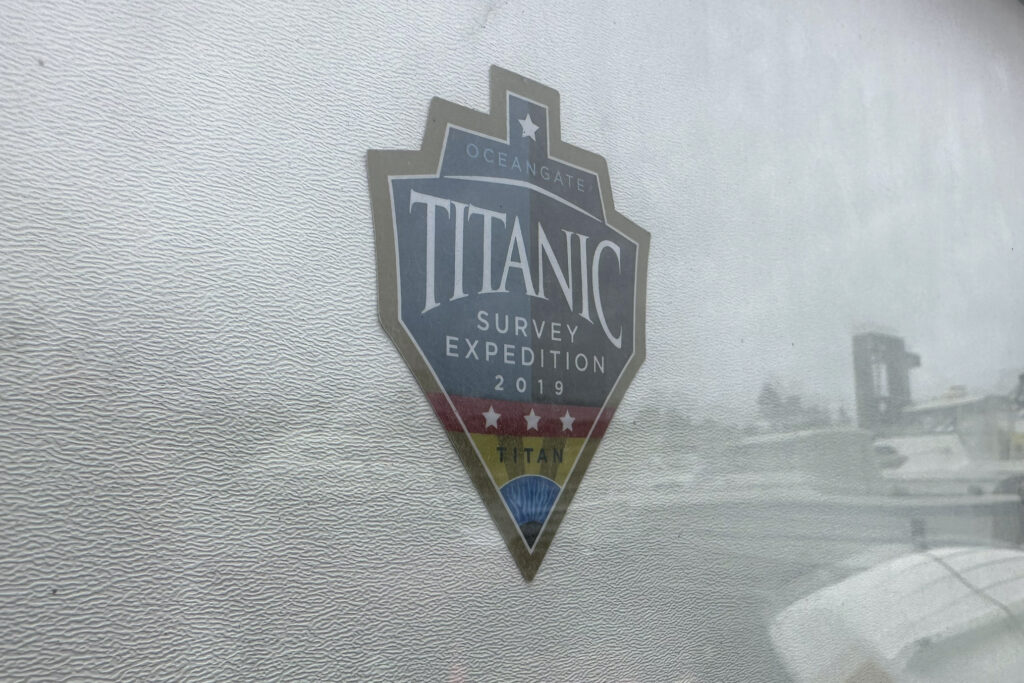
Rescuers have rushed ships, planes and other equipment to the site of the disappearance. On Thursday, the U.S. Coast Guard said an undersea robot sent by a Canadian ship had reached the sea floor, while a French research institute said a deep-diving robot with cameras, lights and arms also joined the operation.
Authorities are hoping underwater sounds might help narrow their search, whose coverage area has been expanded to thousands of miles — twice the size of Connecticut and in waters 2 1/2 miles (4 kilometers) deep.
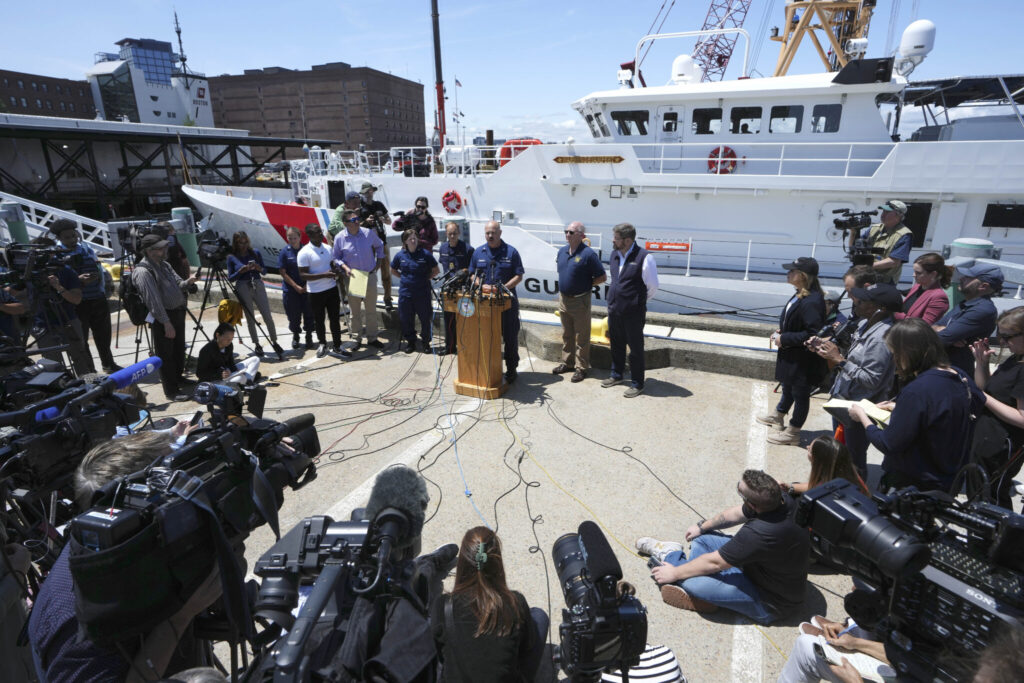
The Titan was reported overdue Sunday afternoon about 435 miles (700 kilometers) south of St. John’s, Newfoundland, as it was on its way to where the iconic ocean liner sank more than a century ago. OceanGate Expeditions, which is leading the trip, has been chronicling the Titanic’s decay and the underwater ecosystem around it via yearly voyages since 2021.
By Thursday morning, hope was running out that anyone on board the vessel would be found alive.
Many obstacles still remain: from pinpointing the vessel’s location, to reaching it with rescue equipment, to bringing it to the surface — assuming it’s still intact. And all that has to happen before the passengers’ oxygen supply runs out.
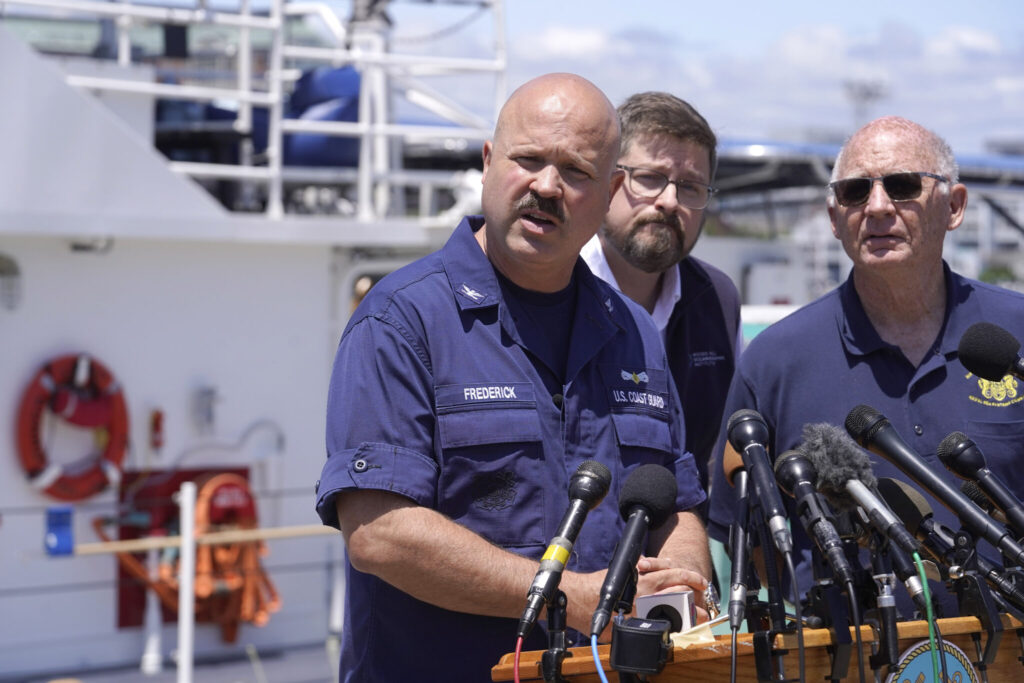
Dr. Rob Larter, a marine geophysicist with the British Antarctic Survey, emphasized the difficulty of even finding something the size of the sub — which is about 22 feet (6.5 meters) long and 9 feet (nearly 3 meters) high.
“You’re talking about totally dark environments,” in which an object several dozen feet away can be missed, he said. “It’s just a needle in a haystack situation unless you’ve got a pretty precise location.”
The area of the North Atlantic where the Titan vanished Sunday is also prone to fog and stormy conditions, making it an extremely challenging environment to conduct a search-and-rescue mission, said Donald Murphy, an oceanographer who served as chief scientist of the Coast Guard’s International Ice Patrol. The passengers are also facing temperatures just above freezing.
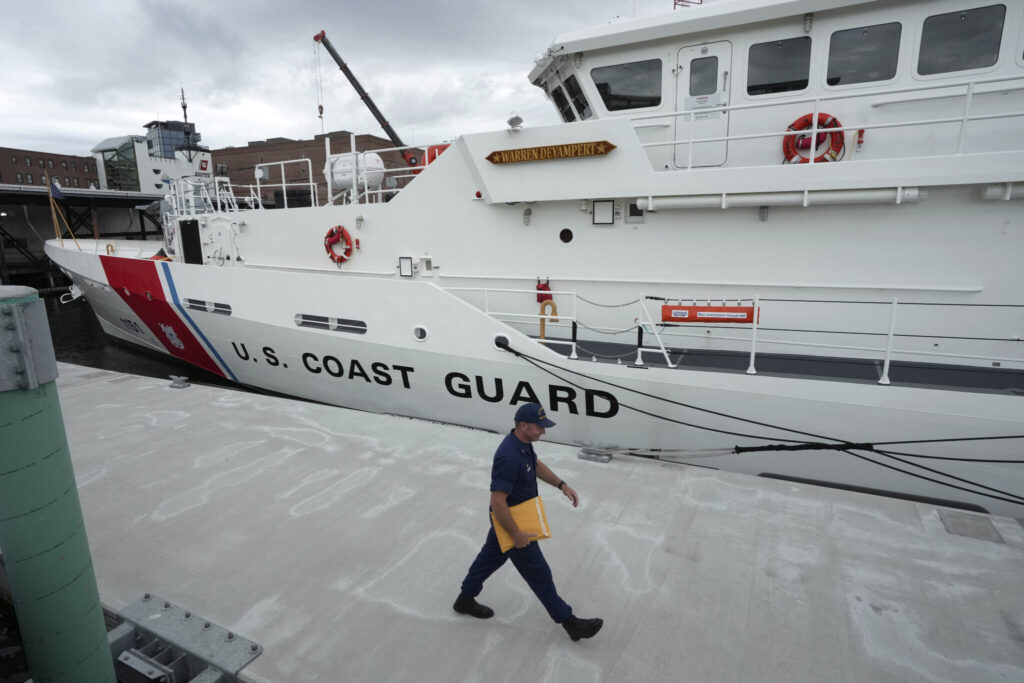
Meanwhile, newly uncovered allegations suggest there had been significant warnings made about vessel safety during the submersible’s development.
Broadcasters around the world started newscasts at the critical hour Thursday with news of the submersible. The Saudi-owned satellite channel Al Arabiya showed a clock on air counting down to their estimate of when the air could potentially run out.
Captain Jamie Frederick of the First Coast Guard District said a day earlier that authorities were still holding out hope of saving the five passengers onboard.
“This is a search-and-rescue mission, 100%,” he said Wednesday.
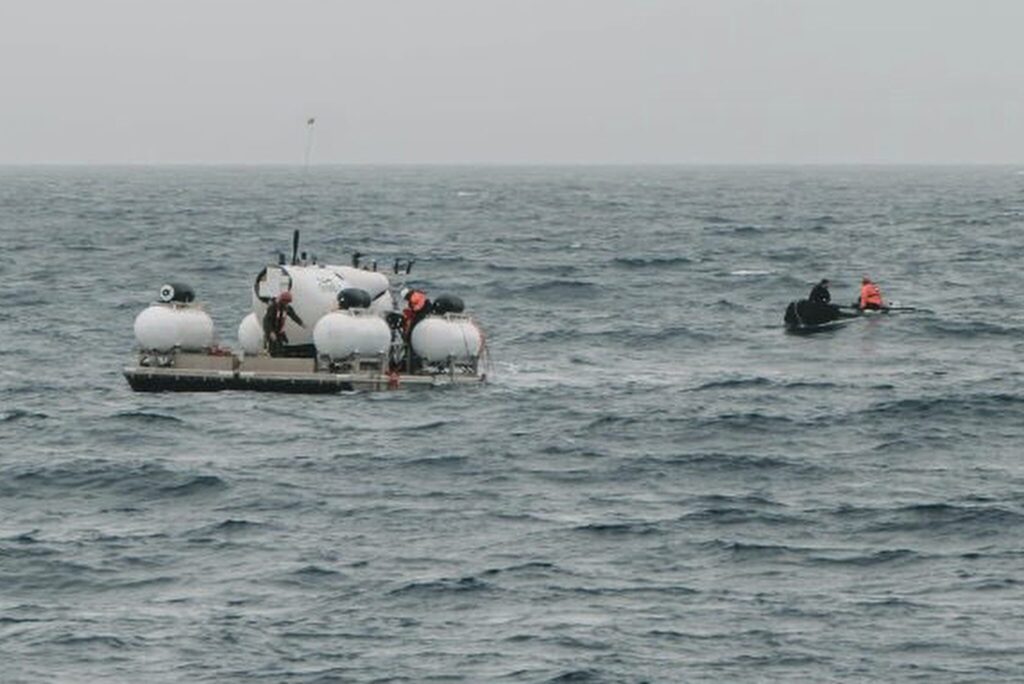
Frederick said while the sounds that have been detected offered a chance to narrow the search, their exact location and source hadn’t yet been determined.
“We don’t know what they are, to be frank,” he said.
Retired Navy Capt. Carl Hartsfield, now the director of the Woods Hole Oceanographic Systems Laboratory, said the sounds have been described as “banging noises,” but he warned that search crews “have to put the whole picture together in context and they have to eliminate potential manmade sources other than the Titan.”
The report was encouraging to some experts because submarine crews unable to communicate with the surface are taught to bang on their submersible’s hull to be detected by sonar.
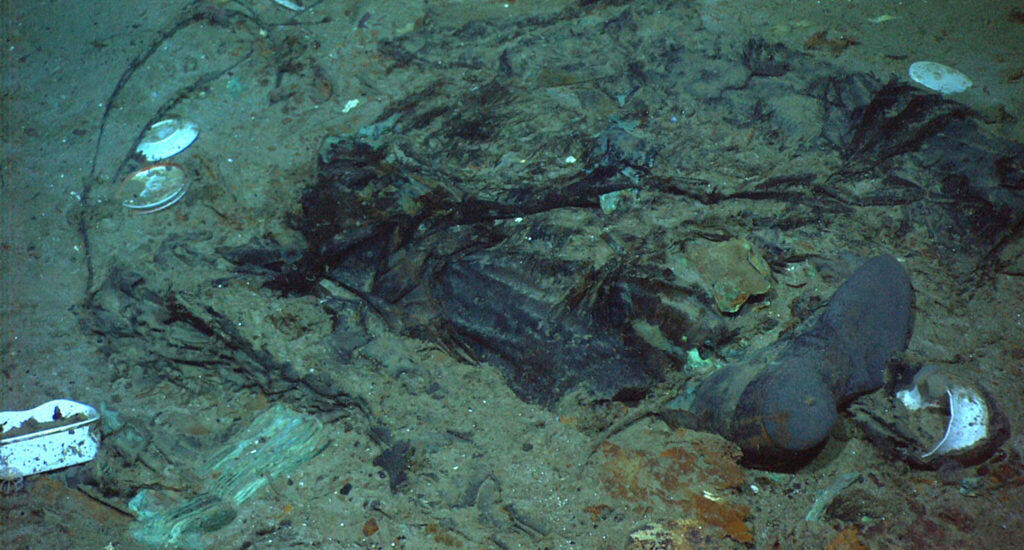
The U.S. Navy said in a statement Wednesday that it was sending a specialized salvage system that’s capable of hoisting “large, bulky and heavy undersea objects such as aircraft or small vessels.”
The Titan weighs 20,000 pounds (9,000 kilograms). The U.S. Navy’s Flyaway Deep Ocean Salvage System is designed to lift up to 60,000 pounds (27,200 kilograms), the Navy said on its website.
Lost aboard the vessel is pilot Stockton Rush, the CEO of OceanGate. His passengers are: British adventurer Hamish Harding; Pakistani businessman Shahzada Dawood and his son Suleman; and French explorer and Titanic expert Paul-Henry Nargeolet.
At least 46 people successfully traveled on OceanGate’s submersible to the Titanic wreck site in 2021 and 2022, according to letters the company filed with a U.S. District Court in Norfolk, Virginia, that oversees matters involving the Titanic shipwreck.
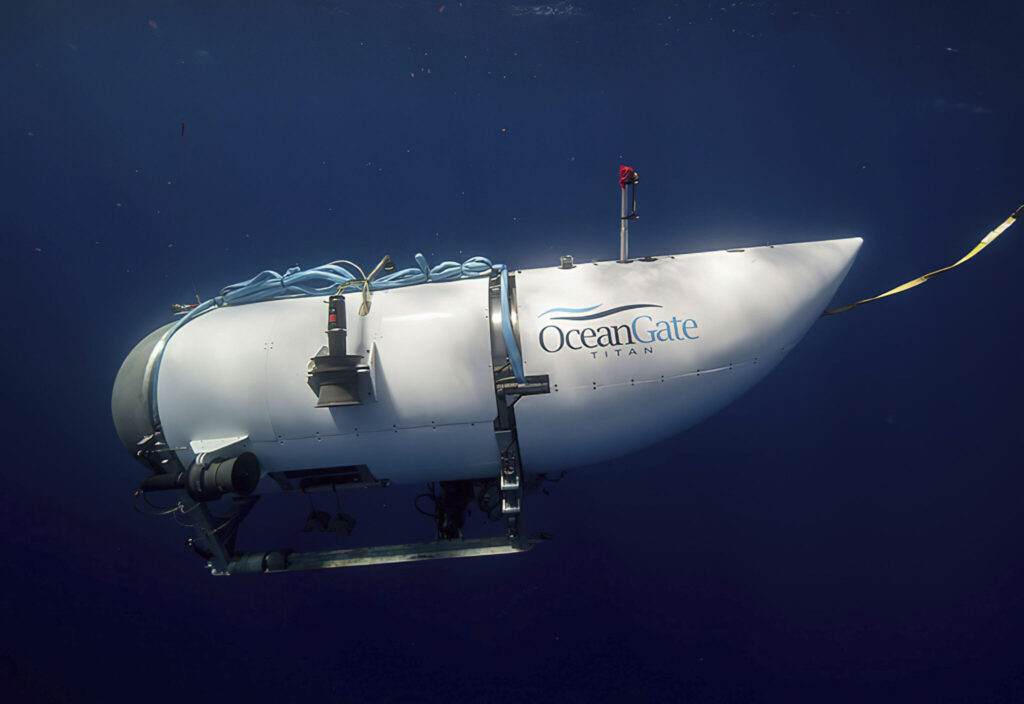
One of the company’s first customers characterized a dive he made to the site two years ago as a “kamikaze operation.”
“Imagine a metal tube a few meters long with a sheet of metal for a floor. You can’t stand. You can’t kneel. Everyone is sitting close to or on top of each other,” said Arthur Loibl, a retired businessman and adventurer from Germany. “You can’t be claustrophobic.”
During the 2.5-hour descent and ascent, the lights were turned off to conserve energy, he said, with the only illumination coming from a fluorescent glow stick.
The dive was repeatedly delayed to fix a problem with the battery and the balancing weights. In total, the voyage took 10.5 hours.
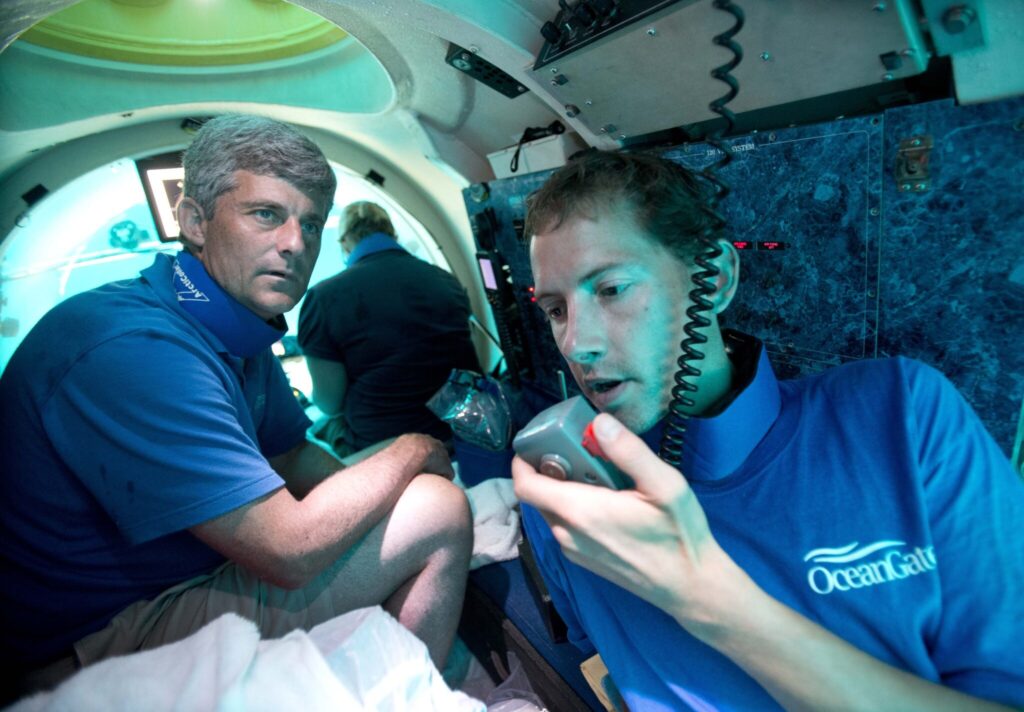
OceanGate has been criticized for the use of a simple commercially available video game controller to steer the Titan. But the company has said that many of the vessel’s parts are off-the-shelf because they have proved to be dependable.
“It’s meant for a 16-year-old to throw it around” and is “super durable,” Rush told the CBC in an interview last year while he demonstrated by throwing the controller around the Titan’s tiny cabin. He said a couple of spares are kept on board “just in case.”
The submersible had seven backup systems to return to the surface, including sandbags and lead pipes that drop off and an inflatable balloon.
Retired Navy Vice Admiral Robert Murrett, who is now deputy director of the Institute for Security Policy and Law at Syracuse University, said the disappearance underscores the dangers associated with operating in deep water and the recreational exploration of the sea and space.
“I think some people believe that because modern technology is so good, that you can do things like this and not have accidents, but that’s just not the case,” he said.

